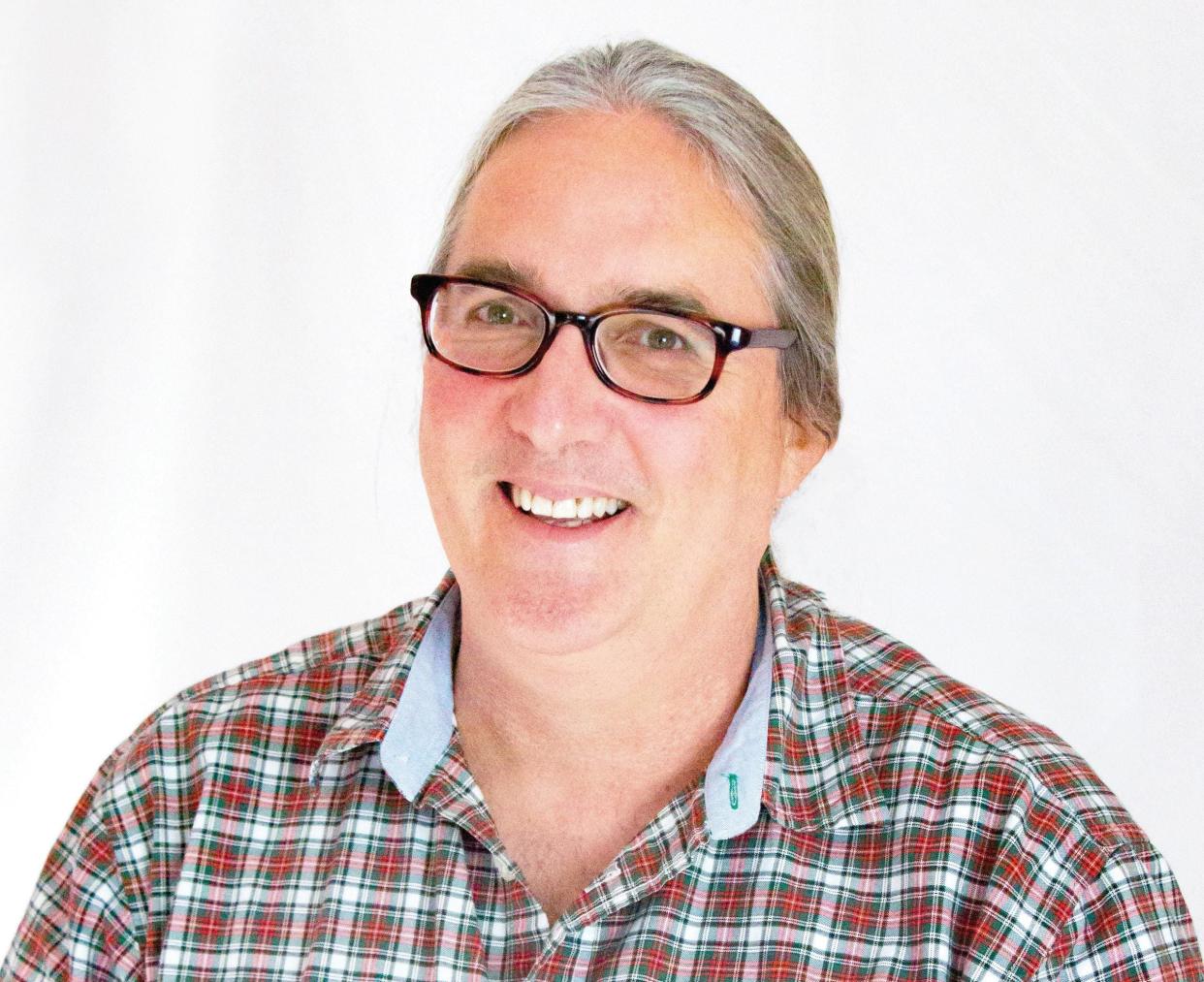City Talk: Excitement, concern warranted as flyover removal process moves ahead

This is the City Talk column by Bill Dawers, a longtime contributor to the Savannah Morning News.
After three decades of public debate about the potential removal of the Interstate 16 flyover, the exit ramp’s days might finally be numbered.
More: With Savannah's I-16 flyover removal in talks, supporters see 'opportunity to recreate community'
With the strong support of Sen. Raphael Warnock, who grew up in nearby Kayton Homes, the City of Savannah was recently awarded $1.8 million through the U.S. Department of Transportation’s Reconnecting Communities and Neighborhoods Grant Program.
“I grew up in Savannah, in the shadow of the I-16 flyover, and I know what removing it would mean for folks in the neighborhood I grew up in and all over the city,” Warnock said in a press release jointly issued with Sen. Jon Ossoff. “That’s why I’ve been working hard to bolster federal support for this project since I got to the Senate and will keep pushing for Washington to do its part to see it through.”
Demolition and new construction are still years away. The Reconnecting Communities program could be in trouble if President Joe Biden loses in November to Donald Trump, but the exit ramp removal and similar projects around the country might already have enough bureaucratic momentum to survive a change in administrations.
As reported recently in this newspaper by Evan Lasseter, the federal grant will be used for a conceptual design, community outreach, environmental studies and an equitable redevelopment plan.
More: Savannah awarded key grant to plan I-16 flyover removal, receives support from Senator Warnock
Government officials certainly won’t need to start from scratch. A master plan published in 2012 by a variety of civic partners recommended the conversion of Selma Street into a boulevard that would serve as a major connector to other streets in the acres that would be freed up by the flyover’s removal.
Roberts Street, which can be seen on maps that predate the interstate, would run more or less parallel to Selma Boulevard and connect Gaston Street to West Gwinnett Street at I-16.
Similar concepts were also developed during the planning process, which included significant community outreach. If officials propose something like the 2012 plan, there could be as many as seven developable blocks created on either the east or west side of MLK.
The plan would allow Montgomery Street to be two-way for its entire length, which would make it easy to reestablish Elbert Square if city officials adopted a sensible plan for the Civic Center site.
The 2012 plan would also allow for logical connections to the Canal District and neighborhoods near the Enmarket Arena, with an extension of Cohen Street across the Springfield Canal likely a critical piece of the puzzle. A Canal District master plan developed several years ago envisioned an extension of Cohen all the way to Magazine Avenue.
Of course, the current city administration has shown little vision for either the Canal District or the redevelopment of the Civic Center site. While running for reelection, Mayor Van Johnson said that he wanted to get public input on the Civic Center’s future, but there has been no substantive outreach so far. Voters are still waiting for cost estimates and other details about the plans that City Council set in motion in spring 2022.
In working with the federal government on the flyover removal, city officials will have to be more engaged and transparent, but they seem likely to miss any number of opportunities to make the city more vibrant and resilient for the foreseeable future.

The larger ambition of creating an equitable redevelopment plan will pose even more challenges. The interstate sliced through westside neighborhoods, and the flyover displaced many Frogtown residents.
The removal of the flyover will not redress all the historic wrongs, but the city has a unique opportunity to add housing, encourage economic activity and improve connectivity. Westside neighborhoods could reap myriad benefits, but area residents and advocates of good urbanism will need to be vigilant in scrutinizing the details.
Bill Dawers can be reached via @billdawers on Twitter and CityTalkSavannah@gmail.com.
This article originally appeared on Savannah Morning News: City Talk: Excitement, concern apt as flyover removal plan advances
